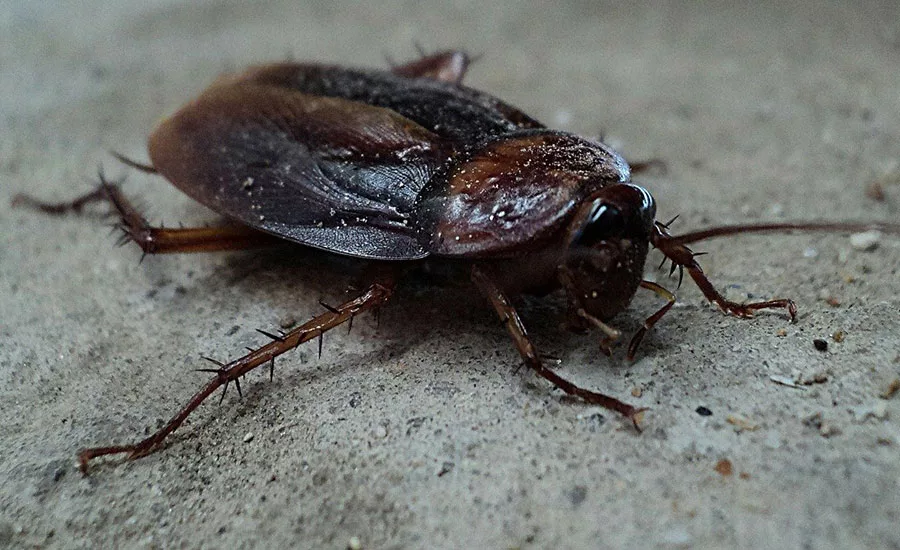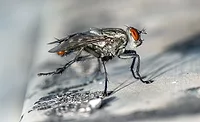Food Safety: Differentiating Risk from Reality

Recently, a neighbor of mine went to the doctor and was told they were at risk of a heart attack. The doctor told them they needed to start walking every day for 30 minutes, reduce their salt intake some, and eat one more serving of fruit or vegetable each day. The doctor also gave them some treatments to help mitigate the risk. My neighbor took the treatments but didn’t exercise or change their diet. A month later, they had a major heart attack. They spent two weeks in the hospital, had invasive surgery, and received a huge medical bill. Their insurance costs went up, they were out of work for months, and their spouse had to take time off from work.
What does having a heart attack have to do with pest control in food facilities? Simple: It is much easier and less expensive to deal with a problem when it is a risk than when it becomes a reality. Here are a couple of examples of that.
A warehouse that stored pet food was having issues with stored-food beetles, particularly cigarette beetles and sawtoothed grain beetles. Through inspections and monitoring, it was determined that a few brands of food were particularly affected. Most other brands had no issues when they were brought in. It was recommended that the warehouse carefully inspect all foods coming from that individual supplier and reject any that had evidence of insects. Another option was to take all food from that supplier and quarantine it in one area. The pest control company could do small treatments in the area but were limited in how much they could treat due to all the stored pet food. The warehouse didn’t inspect or quarantine. A few months later, the insects had spread throughout the warehouse. Much of the stock had to be disposed of, and the warehouse had to be shut down and fumigated. The insects were present, and the risk was that they would increase and spread. The recommendations were made but not followed. A much more expensive and time-consuming treatment had to be performed as a result.
A pasta plant had damage to its roof after a severe storm. This allowed water to leak into one part of a processing area. While no pests were then present, the water, extra moisture, and the food dust that was becoming encrusted created a high risk for mold beetles and other pests. It was recommended that the processors fix the roof immediately and inspect it to make sure no nearby walls had incurred water damage. The plant chose to delay the repairs because it was “only a small leak.” Nearly a year later, the water leak continued and mixed with food, creating a messy, moldy, crusty sanitation issue, and flour beetles and mold beetles were infesting the room. Treatments could not penetrate the encrusted mess, so the insect issues continued. The water leaks had also caused issues in the walls, and German cockroaches had gotten into those spaces. Like the beetles, they were protected inside the walls. What was initially a small fix to a portion of the roof became a full roof replacement as well as major structural repairs to internal walls. A processing line had to be shut down while repairs were made, cleanup occurred, and the infestation was dealt with. Although the risk of pest issues was identified, the recommendations were made but not followed. A much more expensive and time-consuming repair and treatment had to be performed.
If you listen to your doctor, the preventive care recommendations can protect your health and save you money. The doctor can’t come to your home and make you exercise, nor can they clean out your kitchen and make you healthy meals to eat. They make recommendations on what you can do to prevent issues and provide treatments to help. Similarly, your pest control team can’t clean up the sanitation issues or fix your broken dock seals. They can recommend what you should do based on inspections and monitoring while applying treatments to help. Listen to the preventive recommendations on pest control, and you protect your product, increase customer satisfaction, and most importantly, save money.
Looking for quick answers on food safety topics?
Try Ask FSM, our new smart AI search tool.
Ask FSM →








